The convergence of Apple Vision Pro and iPhone through spatial design applications represents more than just another tech integration, it's fundamentally reshaping how distributed teams collaborate on complex 3D projects. Apps like Onshape Vision are transforming flat CAD models into life-sized digital objects that designers can manipulate with natural hand gestures, creating collaborative experiences that feel far more natural than traditional video conferencing. The draw is simple and strong, these technologies bridge conventional design workflows with immersive computing, enabling teams separated by continents to work together as if they're in the same room, examining and refining products across manufacturing, healthcare, and design industries.
Where spatial design collaboration heads next
The trajectory for spatial computing in design collaboration is being set by real adoption and the tech curve moving underneath it. With reports estimating roughly 200,00 Vision Pro units sold (during preorders in Jan 2024) and with some reports suggesting a hardware refresh later in 2025 that could use an M4 chip, the platform is positioned to push past current limits around complex assemblies and larger collaborative sessions.
Developer momentum points the same way. Developers can bring existing apps to visionOS or build new ones using comprehensive SDKs that include SwiftUI, RealityKit, and ARKit, while enterprise APIs are unlocking new collaboration possibilities with sensor access and platform controls. That foundation invites richer spatial applications that use contextual awareness, environmental mapping, and multi-user sync.
The most significant shift may be visionOS 26's support for shared spatial experiences for multiple Vision Pro users in the same room. Combined with Apple's visionOS roadmap, enterprise-grade APIs, deeper Mac/iPhone integration, and AI-native spatial features, it points to a future where complex design challenges get solved in truly collaborative spatial environments, where pointing out design issues, testing solutions, and iterating on complex assemblies with colleagues across continents feels as natural as working side by side in a traditional engineering lab. I suspect this is where the biggest cultural shift will land.
PRO TIP: As spatial design collaboration moves from experimental to essential, identify use cases where three-dimensional visualization clearly beats a flat screen. Start where spatial relationships drive understanding, whether that's mechanical assemblies, architectural spaces, or medical procedures, and build expertise before the technology goes mainstream.









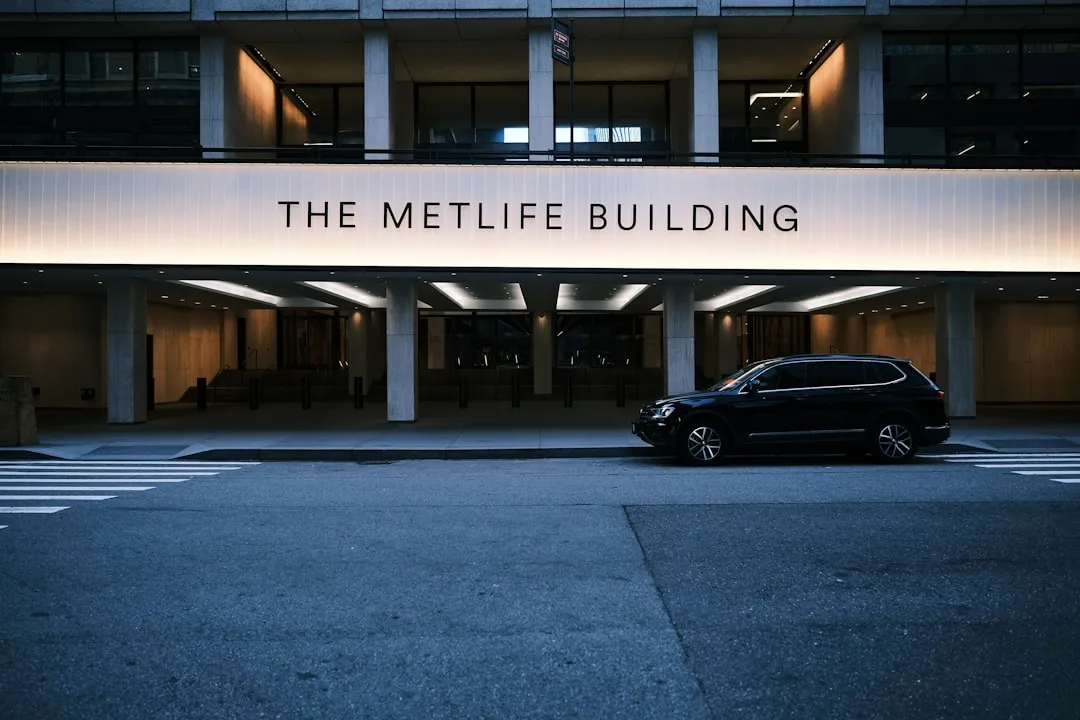



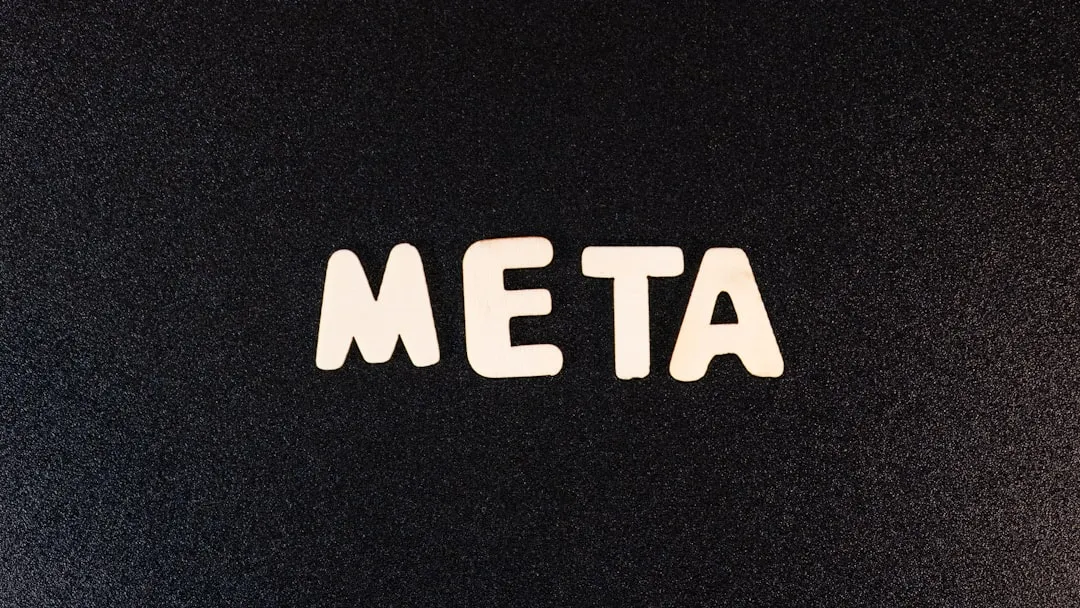

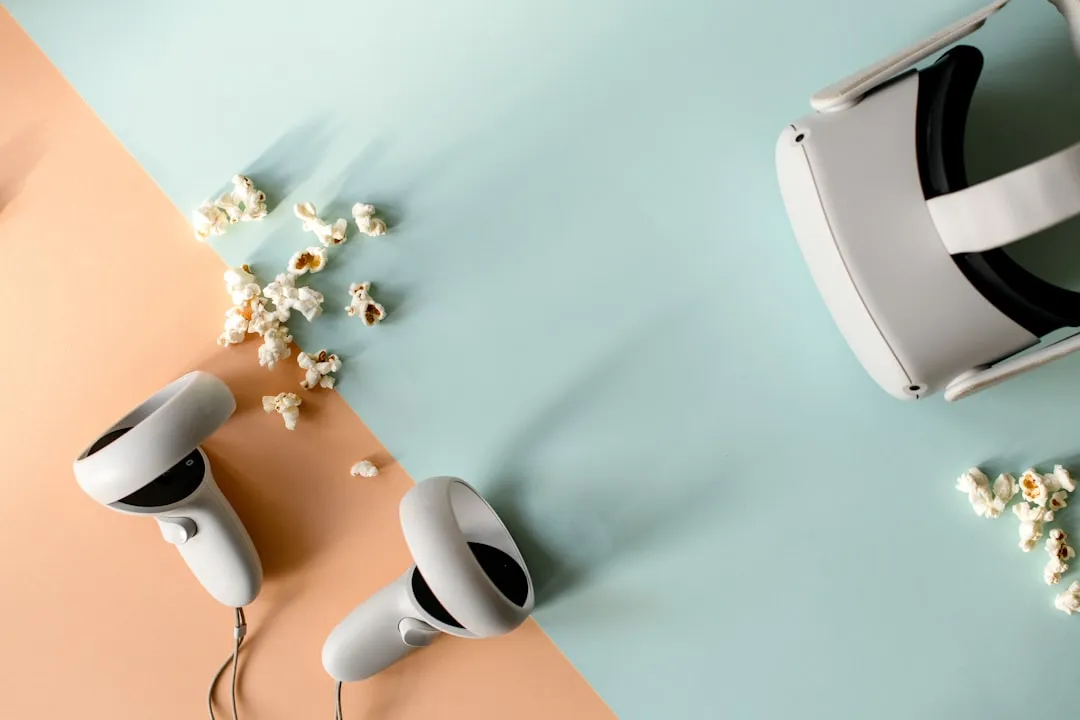
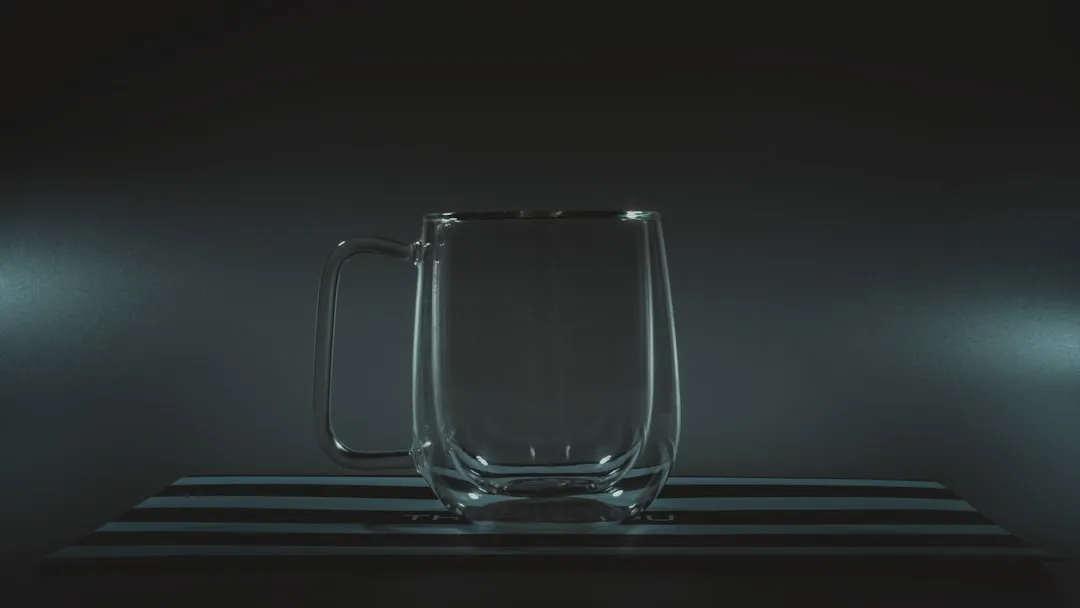

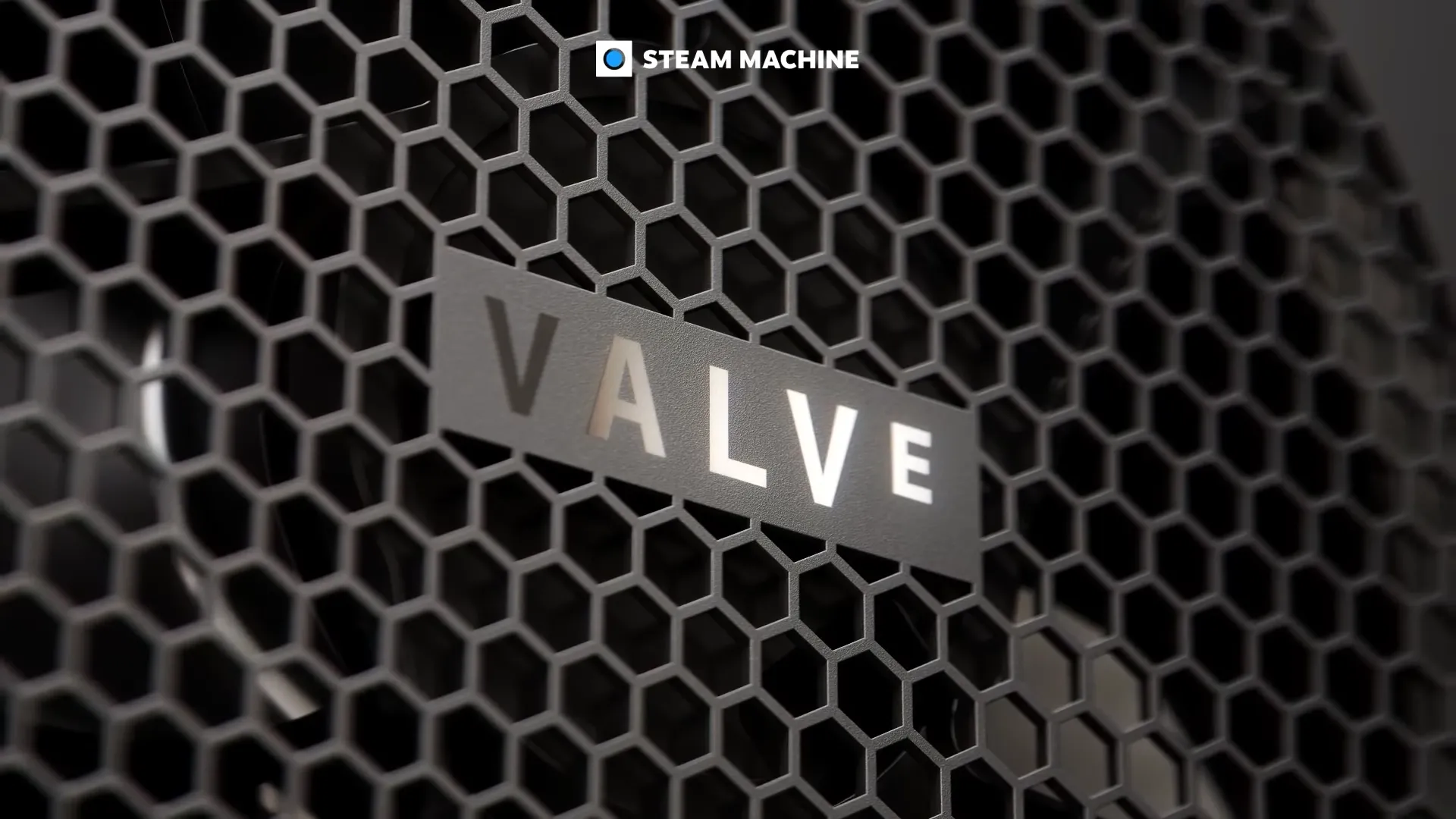





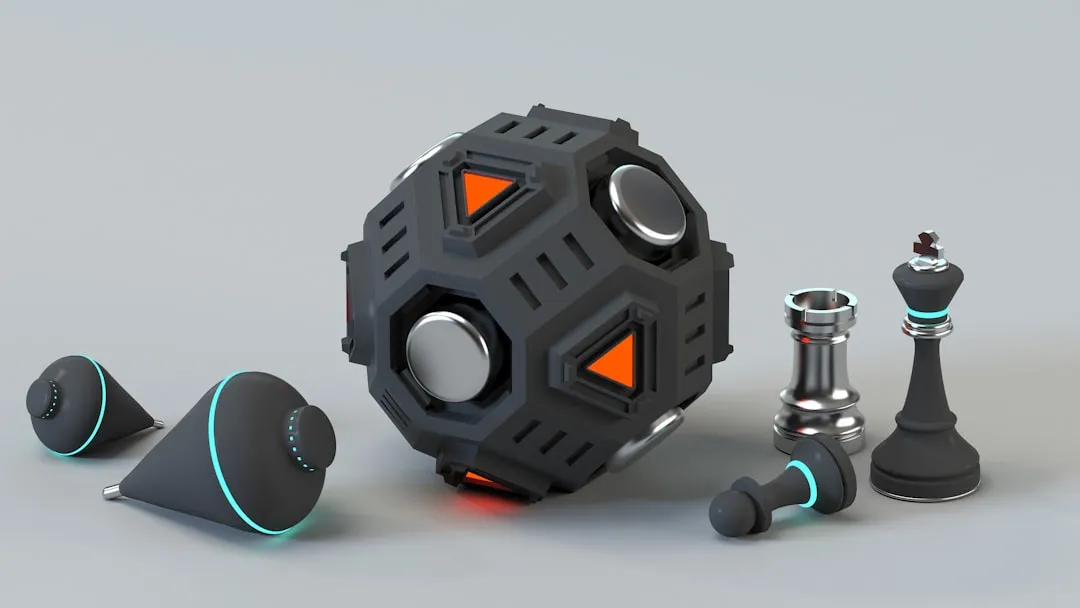

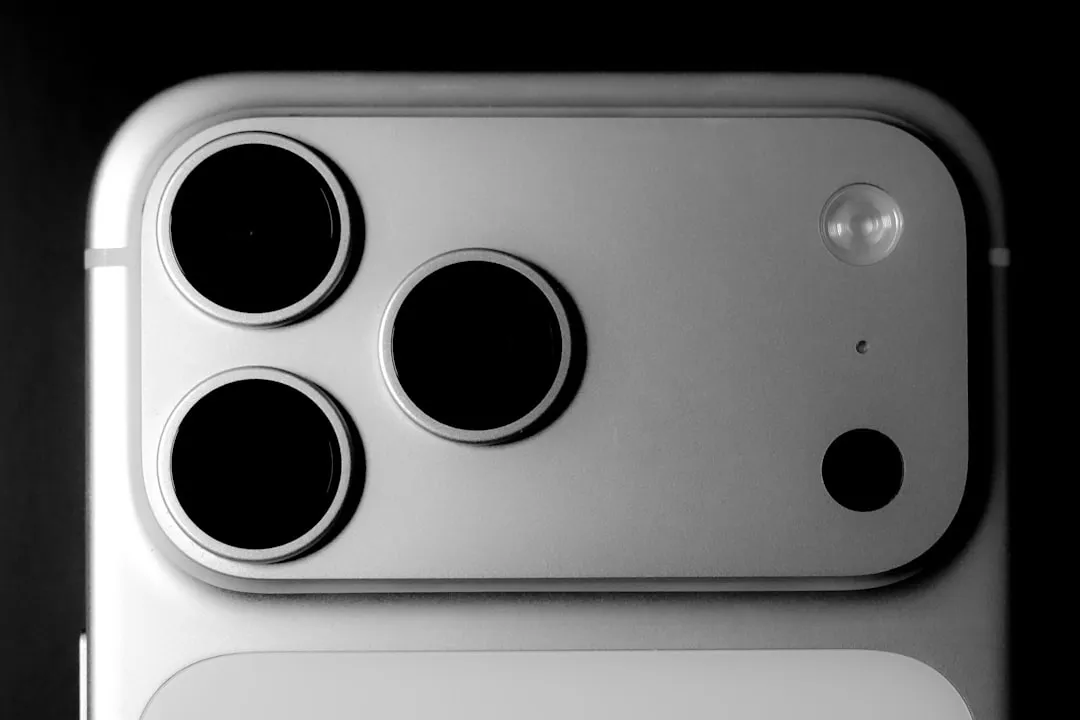

Comments
Be the first, drop a comment!